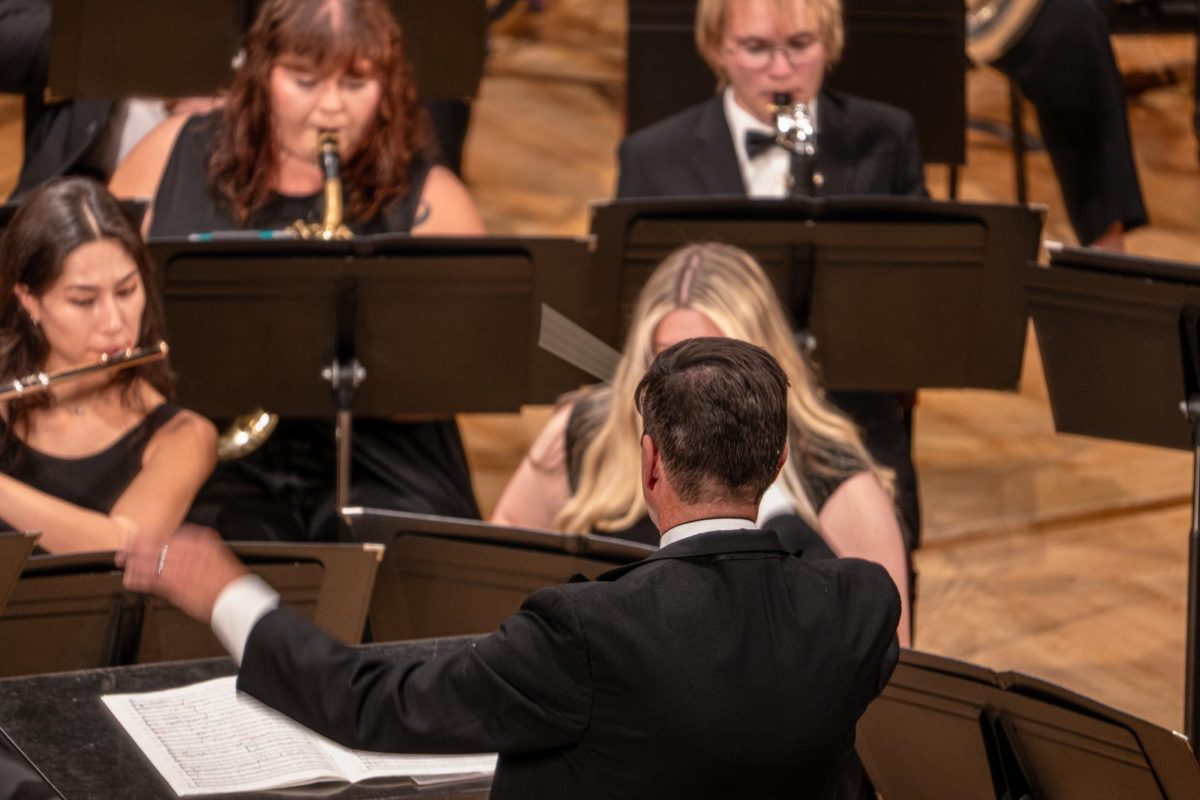If you have watched a lot of slashers, you might have noticed a female protagonist living through situations that should be impossible to survive. This is because she’s a final girl.
The final girl trope refers to the last female character from a young group to confront the film’s villain. The term originated in Carol J. Clover’s 1992 book “Men, Women, and Chain Saws: Gender in the Modern Horror Film.”
Originally written as a damsel in distress saved by a man, the final girl archetype has evolved into being a strong heroine that survives any dangerous situation thrown her way.
Many final girls share common characteristics with one another. Often a virgin, final girls tend to have a higher moral superiority compared to her murdered peers. She is the girl in the friend group that refuses to partake in drugs or bad behaviors. Other, less common, traits are also found in some final girls such as a unisex name or shared history with the killer.
An early example of a final girl is Jess Bradford (Olivia Hussey) from the 1974 film “Black Christmas.” She is a well-developed, complex character that refuses to back down against her male antagonists. The character is unique due to her story arc where she decides to have an abortion despite opposition from her boyfriend.
Surviving more films than any girl on this list, Laurie Strode (Jamie Lee Curtis) is one of the most well-known final girls out there. Despite weird timelines and dying in one of the films, she has been in seven “Halloween” movies.
Strode has great character development. Her main goal in the beginning of the series was just to survive and defeat Michael Myers, but as the movies progress, Strode is actively waiting for Myers to return so she can kill him once and for all.
Regarded as one of the best slashers ever made, “Scream” has not one, but two final girls, Sidney Prescott (Neve Campbell) and Gale Weathers (Courteney Cox). Prescott is an obvious example of a final girl by her ability to always overcome each copycat killer, but Weathers does the same as well.
While she may not be the main target of each killer or kill them at the end, Weathers ends up in similar life-or-death situations, like Prescott, and needs to be recognized for it.
Grace Le Domas (Samara Weaving) from “Ready or Not” is a highly underrated final girl. The story follows a young bride whose wedding night takes a sinister turn as she is hunted by her in-laws in a twisted family ritual. As a fire grows behind her, Grace walks out of the burning manor covered in blood and lights a cigarette. The best part about this iconic ending is that she accomplishes all of this in her wedding dress and sneakers!
The final girl trope is an important part of the slasher genre. The trope shows that women can tell their own stories and control their future, so watch a slasher if you want an empowering female character to root for.
No matter how many transformations the final girl trope goes through, she always survives.














